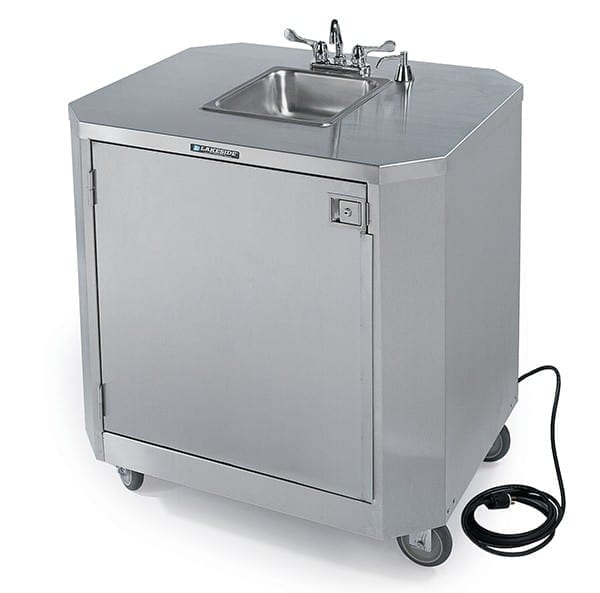Months into the COVID-19 pandemic, many of us have become hyper-aware of the importance of proper hand hygiene. Yet, there still exist various misconceptions regarding the proper way to wash hands, while others still downplay the value of regular handwashing. In fact, the benefits of washing your hands with soap and water go beyond reducing the transmission of coronaviruses. As societies across the globe continue to promote the importance of regular handwashing in a way that leads to a sustained improvement in hand hygiene, there are many positive outcomes that this can lead to outside of the coronavirus pandemic.
Proper Handwashing: A Review

Before we delve into the possible outcomes for regular handwashing, let’s discuss what we (think) we already know: Proper handwashing. Since the beginning of the COVID-19 pandemic, there has been a flood of information educating people around the globe on proper hand hygiene in an effort to slow the virus’ spread. Government health agencies, including the WHO and the US-based CDC, provided excellent, detailed information to assist this movement. According to the CDC, the handwashing checklist is as follows:
- Wet your hands with clean, running water (warm or cold), turn off the tap, and apply soap.
- Lather your hands by rubbing them together with the soap. Lather the backs of your hands, between your fingers, and under your nails.
- Scrub your hands for at least 20 seconds. Need a timer? Hum the “Happy Birthday” song from beginning to end twice.
- Rinse your hands well under clean, running water.
- Dry your hands using a clean towel or air dry them.
Along with the various governmental promotions for hand hygiene, governments began encouraging celebrities and social media influencers to promote proper hand hygiene through the #handwashingchallenge. Before long, most of our social media feeds were overwhelmed with videos of athletes from Allison Becker of Brazil’s National soccer team, to movie stars to the likes of Hugh Jackman, encouraging hand hygiene to their millions of followers.
Before long, most of the world was stuck in a dizzying frenzy of hectic handwashing after touching any public surface, where many people began reporting severe dry hands due to excessive handwashing. Additionally, more specific questions began to arise, such as; How hard should I scrub my hands? – or – Is there such a thing as too much handwashing?
Mistakes and Misconceptions of Handwashing
As our handwashing becomes more frequent, many of us have inadvertently picked up bad habits in our hand hygiene. The most common being washing our hands too forcefully or too frequently. According to the Minnesota Department of Health, you should wash your hands at the following times:
- After arriving at home
- After coughing or blowing your nose
- Before making or eating food
- After playing with animals
- After using the toilet
- After being outdoors
- Before and after changing contact lenses
Notice that it did not mention anything about vigorously washing your hands every 5 minutes from COVID-induced paranoia? All joking aside, the age-old truth regarding moderation in everything applies to handwashing as well. According to an article from Medscape Medical News, many of us are scrubbing our hands too hard, impacting an important top layer of our skin that helps keep germs away. It goes on to detail the fine line between rubbing versus scrubbing with Carrie Kovarik, MD from the Perelman School of Medicine remarking, “You don’t want to scrub because scrubbing will damage the skin barrier and possibly let in germs.” Instead of forcefully scrubbing our hands, doctors recommend gently washing hands in “a hand-over-hand motion, from palm to palm, back of the hands, around nails and up to the wrists.”
Possible Outcomes of Regular Handwashing
Now that we have established a clear picture of what proper hand hygiene looks like, we can imagine what outcomes might arise from regular handwashing. With the world’s attention focused on proper hand hygiene, many are wondering how this might impact population health outside of the COVID-19 pandemic. We can make many assumptions based on small scale benefits to populations and extrapolating those results across larger populations. Although these benefits are only potential outcomes, it is exciting to imagine the possibilities that can come about from this increased focus in hand hygiene.
Lower Incidences of Respiratory Diseases
In 2016, a study published in the Baltimore Medicine Journal observed a correlation between increased hand-washing and a reduction in influenza at a statistically significant level. Participants in the study were given a handwashing score based on the availability of washing stations and the availability of soap, among other factors. They were then evaluated for their protective effect towards confirmed influenza, and the researchers observed and analyzed which behaviors correlated with the groups with the highest protective effect. The highest behaviors associated with a high protective effect were frequent handwashing, the availability of soap for handwashing, and reduced levels of hand-to-face touching.
This study is one of many that organizations like the CDC and WHO refer to when making recommendations to national/international populations during a time of a pandemic. As we are all aware of the importance of handwashing in the reduction of COVID-19, this behavior is proven to reduce the spread of influenza and other respiratory diseases as well. With this being said, it is possible that given the rapid, worldwide development in hand hygiene, we could be seeing lower levels of seasonal respiratory sicknesses in the future.
Decline in Healthcare-associated Infections
 According to data from the CDC regarding healthcare-associated infections (HAIs), on a given day, about 3% of hospital patients has at minimum one HAI. Hospitals across the world are always looking for ways to reduce this statistic, as hospitalized individuals are often the most vulnerable to experience complications from infections. There are many common practices that hospitals enact to tackle this issue, with one of them being.. you guessed it, handwashing.
According to data from the CDC regarding healthcare-associated infections (HAIs), on a given day, about 3% of hospital patients has at minimum one HAI. Hospitals across the world are always looking for ways to reduce this statistic, as hospitalized individuals are often the most vulnerable to experience complications from infections. There are many common practices that hospitals enact to tackle this issue, with one of them being.. you guessed it, handwashing.
Healthcare workers follow strict protocols to ensure they are maintaining a clean environment for their patients and not tracking problematic pathogens throughout a facility. Handwashing is an important common practice that has been proven to reduce the risk of transmission of HAIs according to a 2002 CDC study. This is why most hospitals have sinks in patient rooms and also why we, at Lakeside, offer portable handwashing stations for areas that don’t have built-in sinks available.
If population health increases due to improved hand hygiene, hospitals could see a decrease in the number of potential illnesses entering a hospital environment. On a large scale, this could lead to an overall reduction in HAIs and improvements in patient health.
Improvement of Child Development in Developing Countries

In 2003 the CDC performed a study to monitor the effects of hygiene on child development and observed interesting results. When comparing groups who received an extensive 9 month hygiene promotion and soap against groups who did not receive the same hygiene education nor supplies, the children experienced nearly half as much diarrhea-related sicknesses than the control group in their first 2 ½ years of their lives, which is a critical time for child development. 6 years later, the children from the study were reevaluated for cognitive development. The children who received hygiene education and hygiene supplies scored higher than the control group. According to the study, the findings suggest that “handwashing promotion could be an important strategy for improving child welfare.”
Given the increased awareness around the world regarding proper hand hygiene and the increased availability of hygiene resources, it may be possible that the effects of the CDC study transfer to the real world. If this were to happen, we may see improvements in child development on a grand scale, as children in developed countries avoid illness and chronic inflammation related to diarrhea-linked diseases.
Reduction in Antibiotic Resistance
Antibiotic resistance is an issue of growing importance in the world. This takes place when bacteria evolves to overcome the intended effects of a given antibiotic. Various infections rely on antibiotics for treatment. If a bacteria develops antibiotic resistance, this has the potential to transform a curable sickness into a deadly illness.
The CDC states that the leading factor in antibiotic resistance is overuse of antibiotics. Many times, antibiotics are prescribed to individuals when they are not needed, leading to an increased risk of a bacteria developing antibiotic resistance. Research by the CDC indicates that handwashing leads to a reduction in diarrhea-related sicknesses and respiratory infections, diseases that are often unnecessarily prescribed antibiotics for treatment. Therefore, some speculate that a reduction in these diseases, due to handwashing or other factors, could impact global rates of antibiotic resistance.
The New Normal
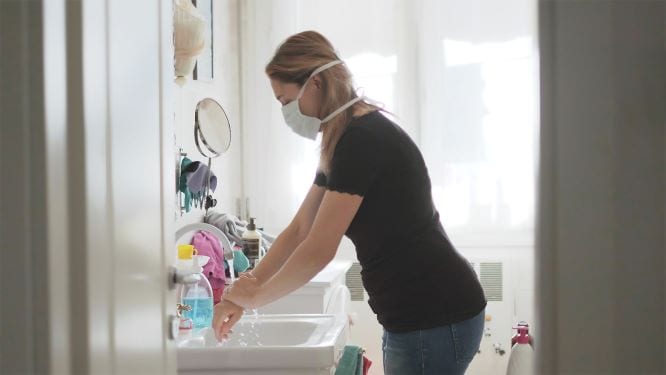
Our world has quickly transformed into a hyper-aware, germaphobic one due to the brisk rise of the coronavirus pandemic, however, perhaps this acute awareness was long overdue. If international populations continue to emphasize hand hygiene in their COVID-19 responses and this leads to a sustained improvement in hand hygiene; we could see many beneficial outcomes that improve world populations beyond the pandemic. We have long been aware of the importance of hand hygiene in hospitals, schools and densely populated areas. Due to the sudden change in human behavior regarding hand hygiene, it is exciting to consider what possible outcomes might arise. As healthcare professionals, we will keep promoting proper hand hygiene and at Lakeside, we will continue to offer products that promote access to handwashing.

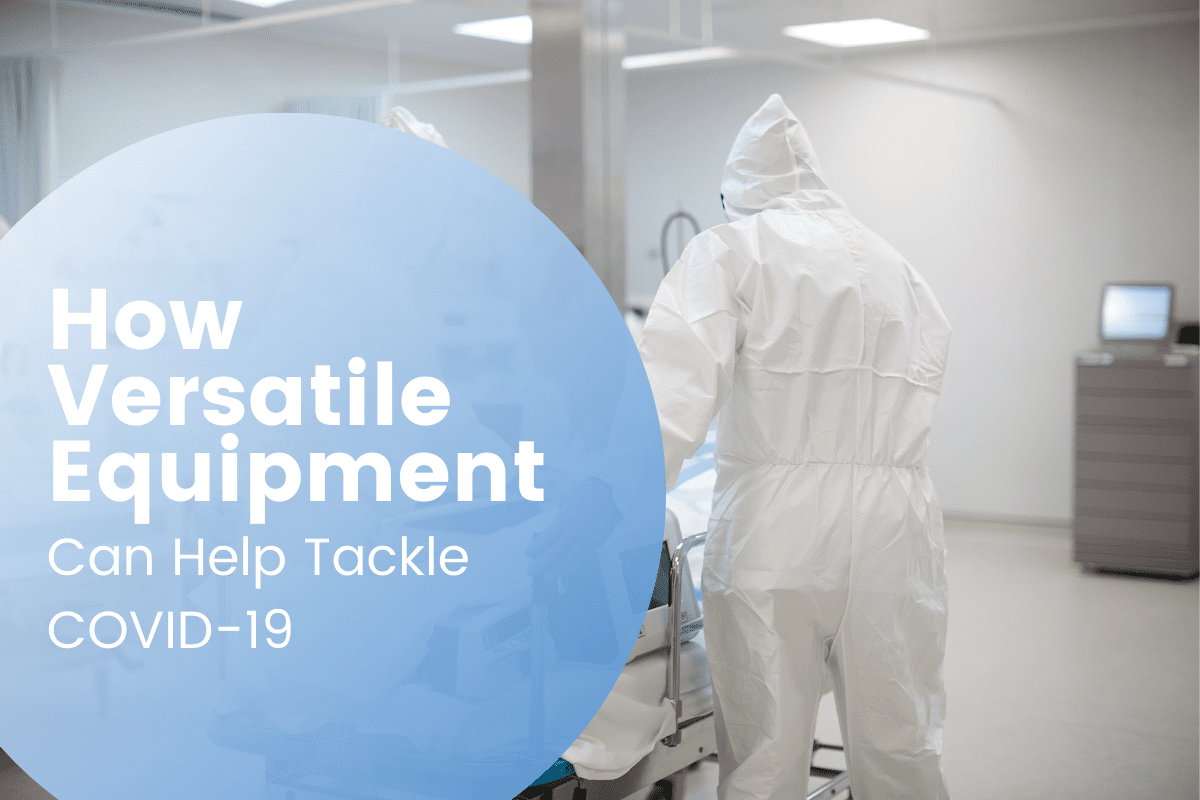
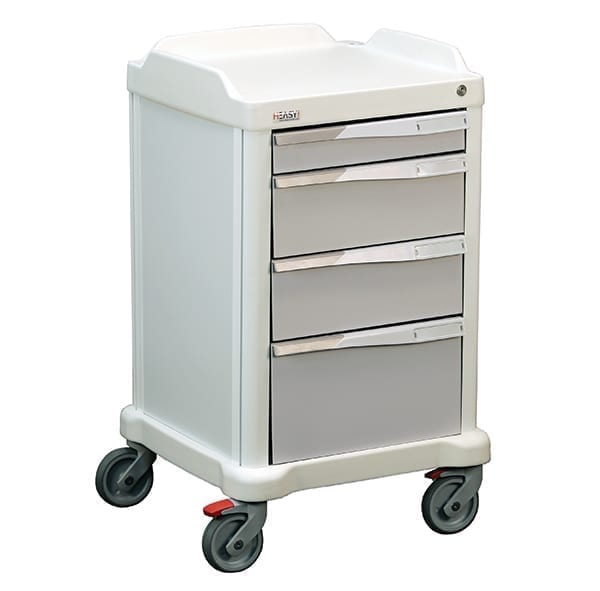 Description:
Description:  Description:
Description: Description:
Description:  Description:
Description:  Description:
Description: 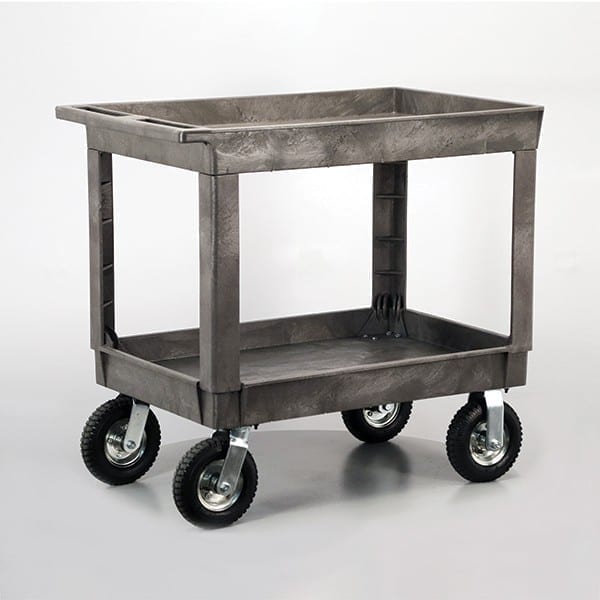 Description:
Description: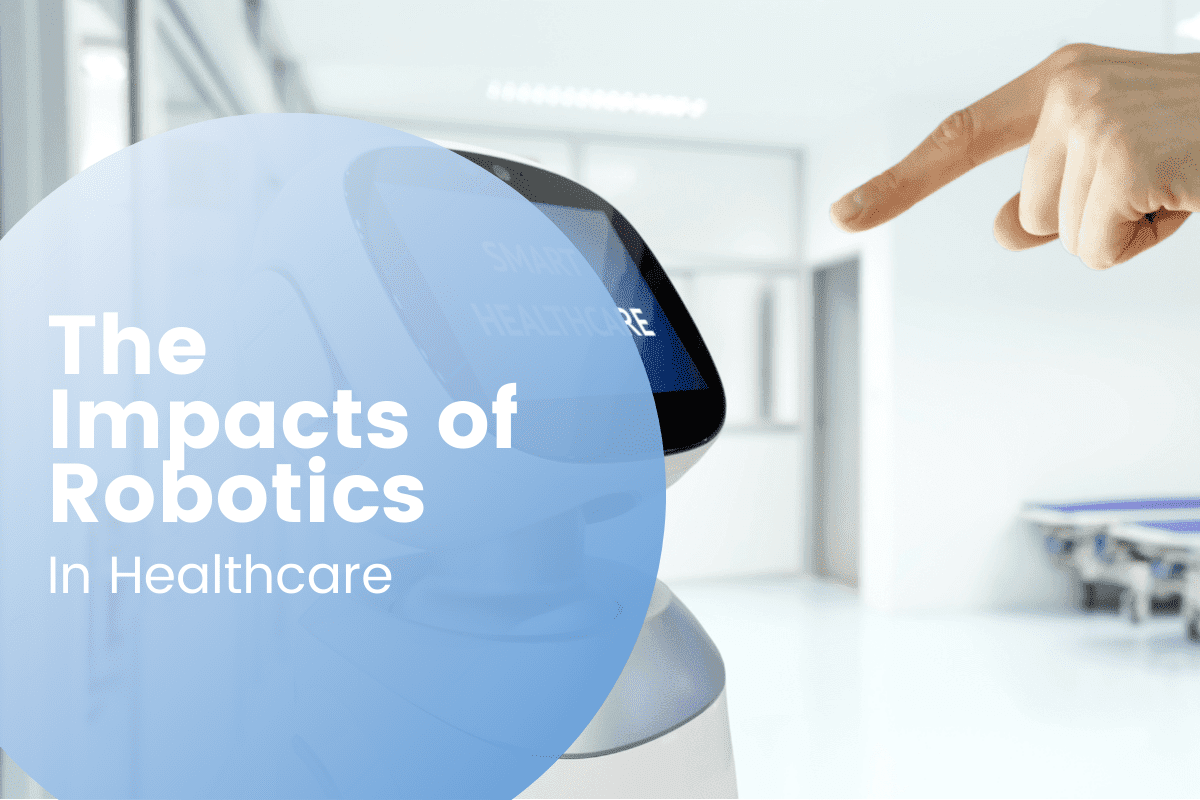


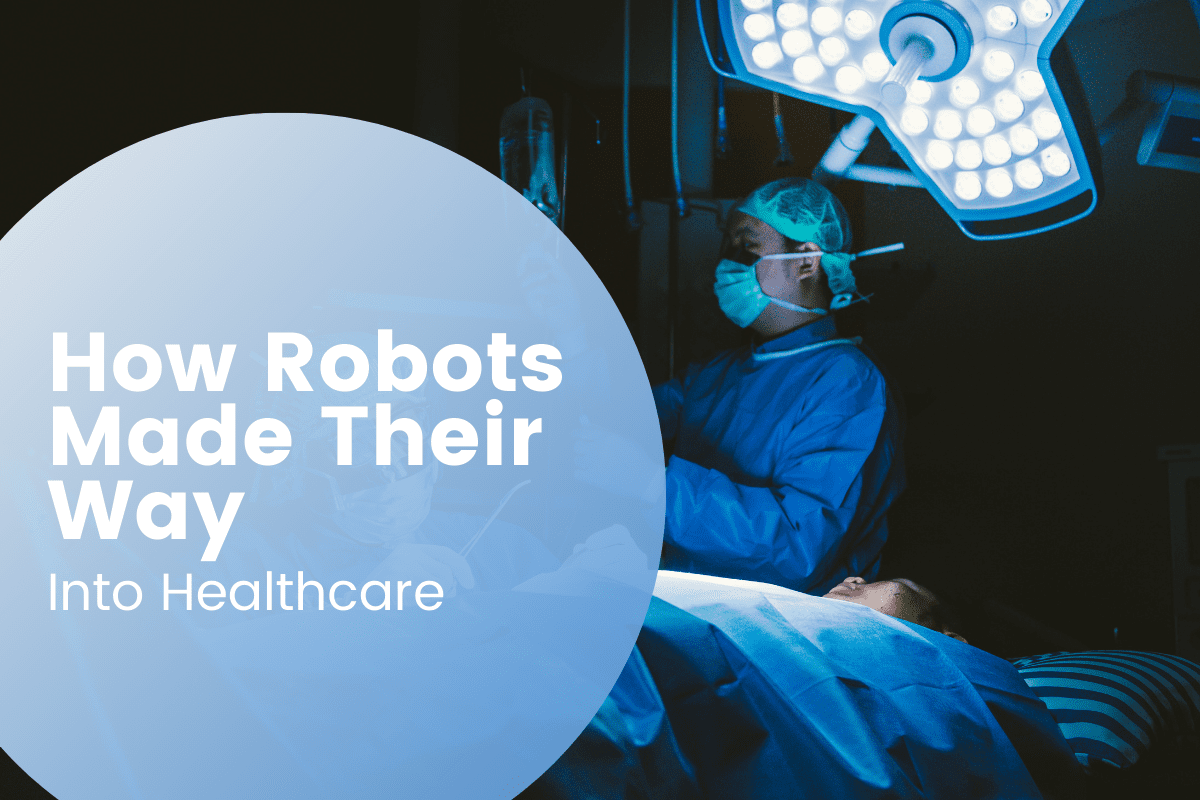
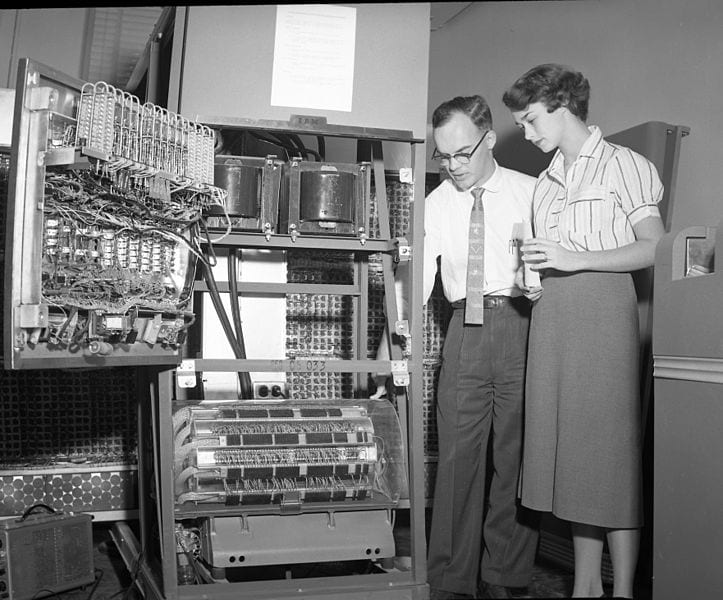 The history of fusing together technological advances with healthcare starts in the 1960s with the IBM 650 supercomputer that researched medical records to report on data abnormalities which could then be researched in closer detail by a physician. As technology continued to develop, healthcare application remained top-of-mind and by 1974, the first CT scanners were released allowing detailed imaging of specific cross-sectional images of bones, blood vessels and soft tissues inside a patient. Throughout the 1980s and 1990s, researchers worked with developers to apply robotics to the healthcare industry, and in 1999 the da Vinci Surgical system was developed to perform minimally invasive surgeries. This signaled a major step forward for the healthcare robotics industry and ushered in a wave of innovations to occur throughout the 2000s up until today. Now, the robotics and healthcare fields are merging as developments are made each day with the end goal of providing the best patient care possible.
The history of fusing together technological advances with healthcare starts in the 1960s with the IBM 650 supercomputer that researched medical records to report on data abnormalities which could then be researched in closer detail by a physician. As technology continued to develop, healthcare application remained top-of-mind and by 1974, the first CT scanners were released allowing detailed imaging of specific cross-sectional images of bones, blood vessels and soft tissues inside a patient. Throughout the 1980s and 1990s, researchers worked with developers to apply robotics to the healthcare industry, and in 1999 the da Vinci Surgical system was developed to perform minimally invasive surgeries. This signaled a major step forward for the healthcare robotics industry and ushered in a wave of innovations to occur throughout the 2000s up until today. Now, the robotics and healthcare fields are merging as developments are made each day with the end goal of providing the best patient care possible.
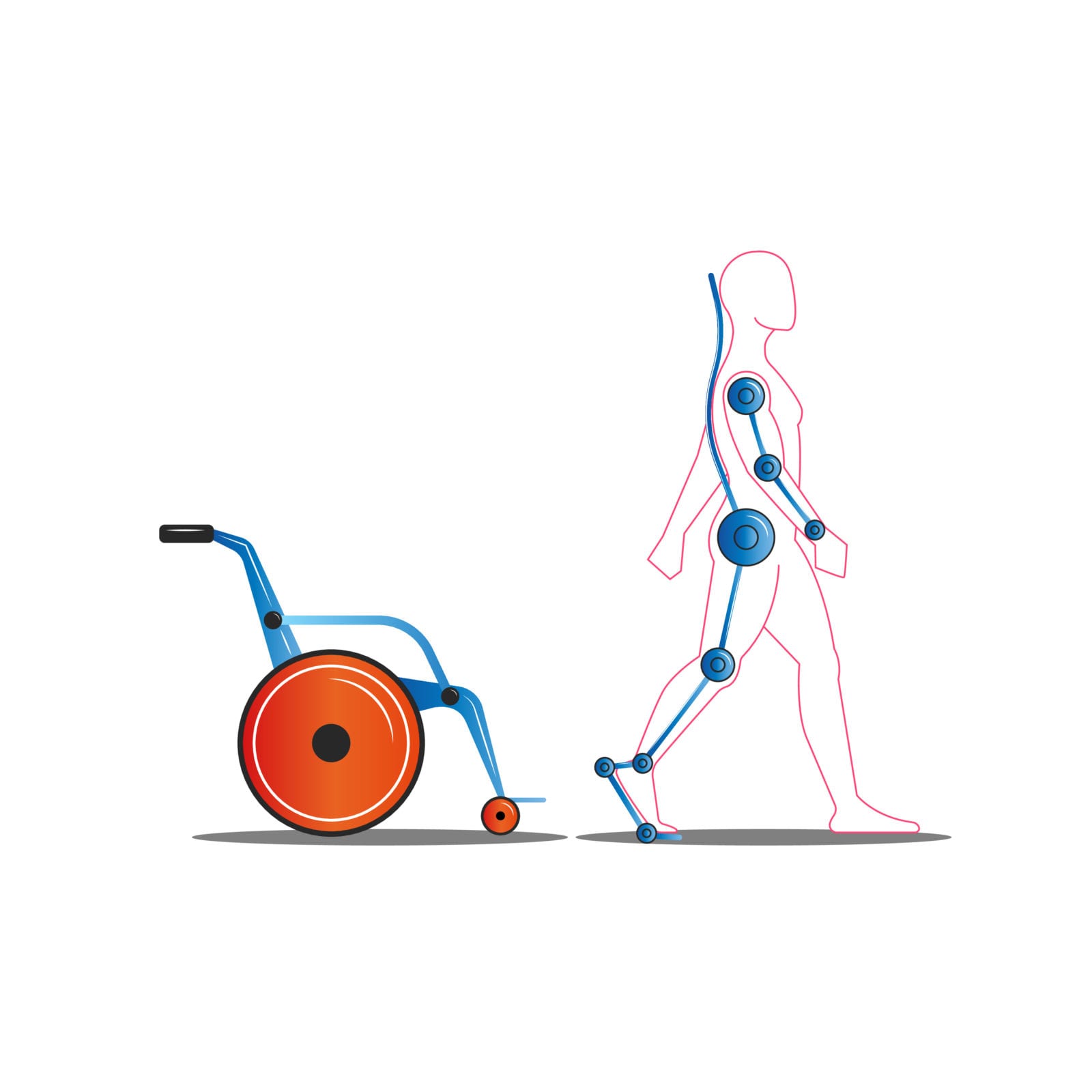 Wearables are a direct interaction between an individual and a unit of technology. Some common examples of this are heart rate monitors, pedometers, health watches, etc. These easily accessible items are great ways to track athletic performance during exercise and can show health trends over a period of time. The latest version of the Apple Watch is a great example of the future of this industry, by achieving a built-in electrocardiogram that monitors heart performance and can notify users of any irregularities. The ability to gain instant feedback on health performance is a huge step forward for wearable technology, and companies like Apple continue to push the boundaries of what small consumer wearables are capable of.
Wearables are a direct interaction between an individual and a unit of technology. Some common examples of this are heart rate monitors, pedometers, health watches, etc. These easily accessible items are great ways to track athletic performance during exercise and can show health trends over a period of time. The latest version of the Apple Watch is a great example of the future of this industry, by achieving a built-in electrocardiogram that monitors heart performance and can notify users of any irregularities. The ability to gain instant feedback on health performance is a huge step forward for wearable technology, and companies like Apple continue to push the boundaries of what small consumer wearables are capable of.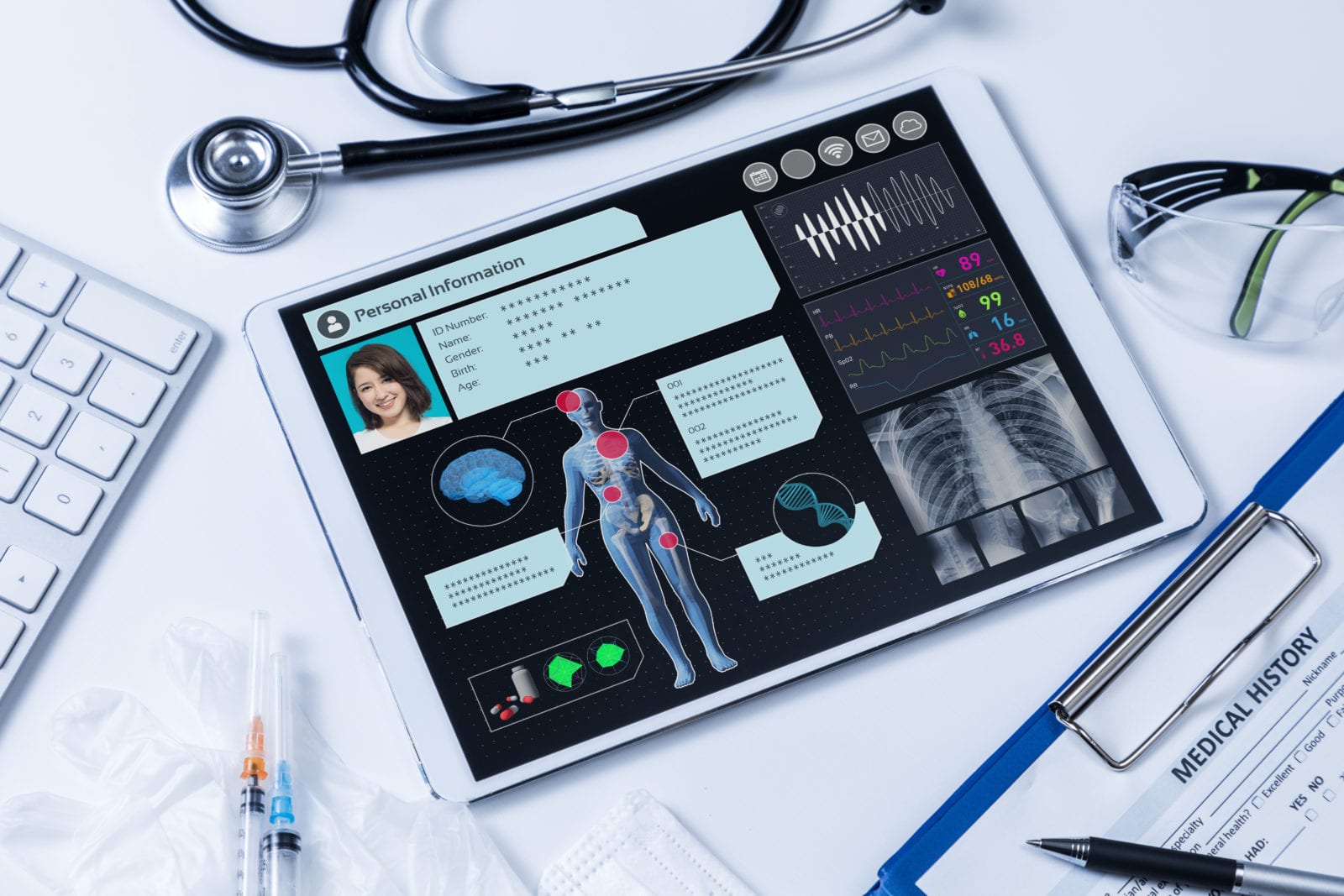 Although EHRs aren’t technically robots, they offer some of the earliest examples of technology merging with healthcare. EHR software allows hospitals to utilize a singular medical platform to accomplish the various workflows necessary during a patient interaction, all while working off a singular, consistent patient chart. For example, if a patient is admitted to the ER, transferred to a surgical unit, and then later brought back for multiple physical therapy sessions at an outpatient clinic, the single patient chart will house all of the information from each of those encounters.
Although EHRs aren’t technically robots, they offer some of the earliest examples of technology merging with healthcare. EHR software allows hospitals to utilize a singular medical platform to accomplish the various workflows necessary during a patient interaction, all while working off a singular, consistent patient chart. For example, if a patient is admitted to the ER, transferred to a surgical unit, and then later brought back for multiple physical therapy sessions at an outpatient clinic, the single patient chart will house all of the information from each of those encounters.
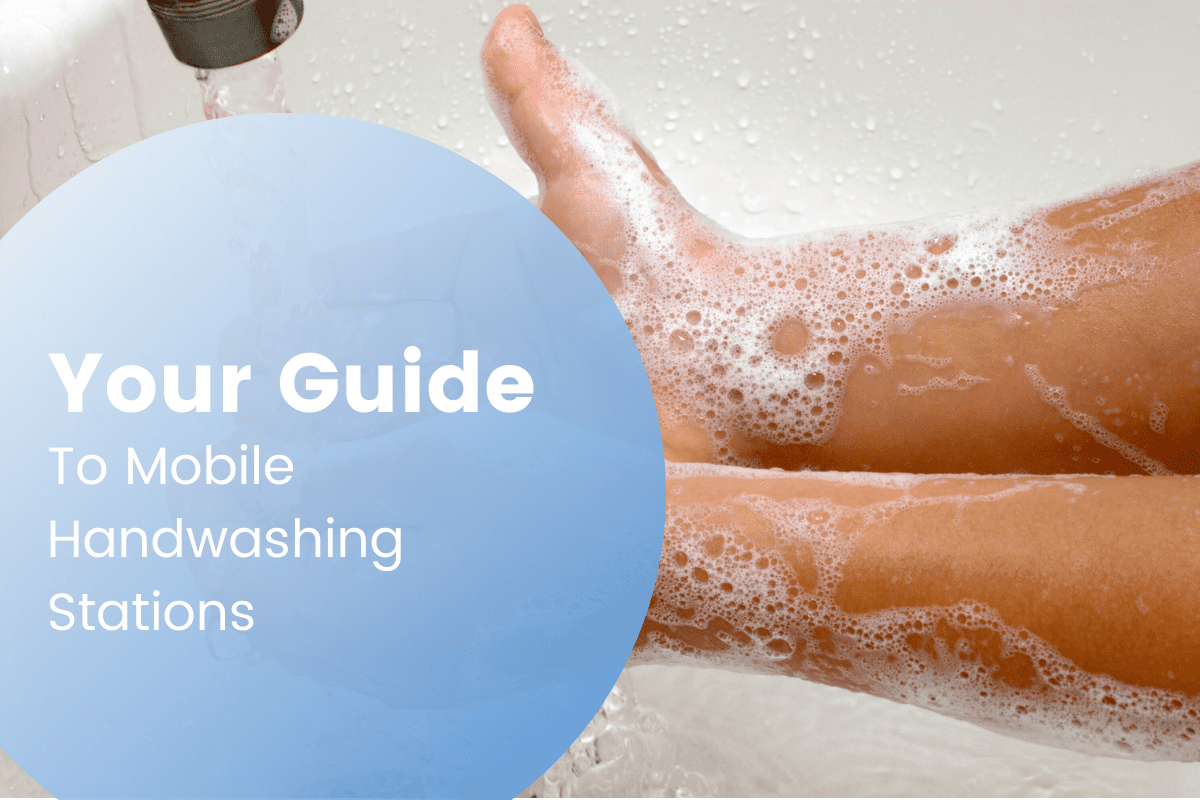


 According to
According to 

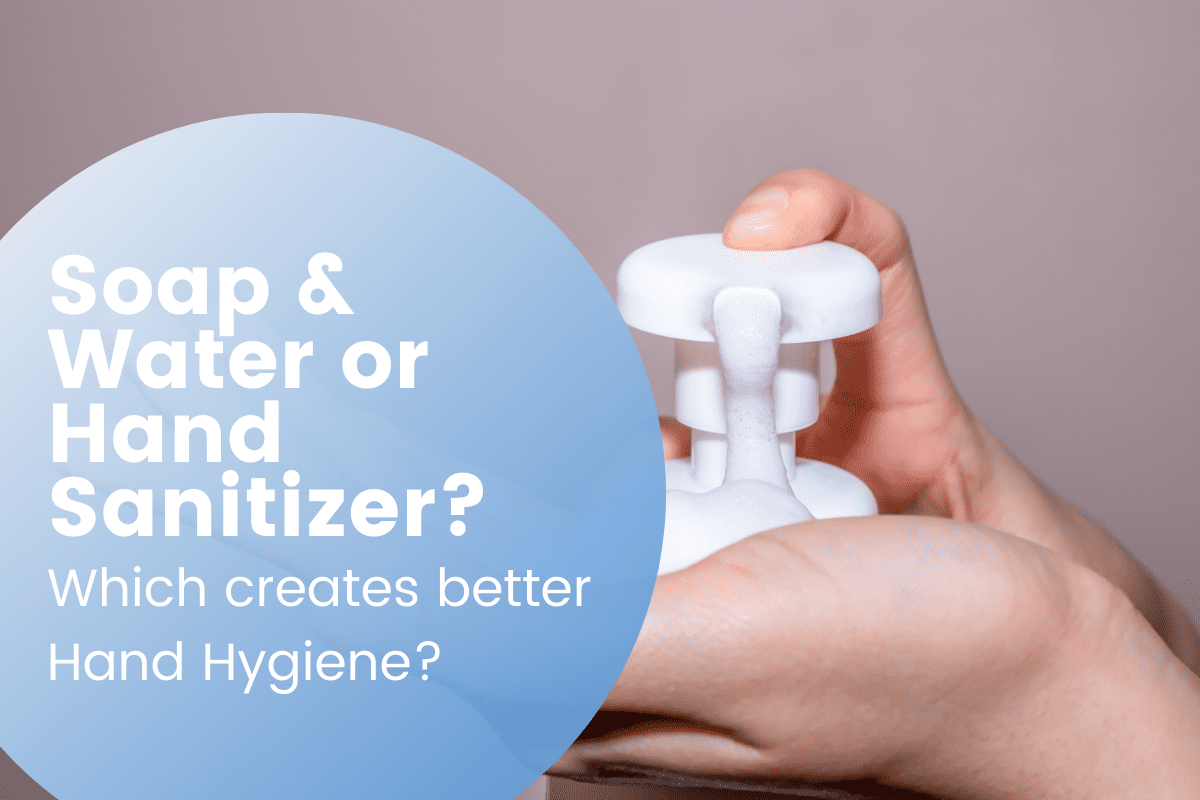

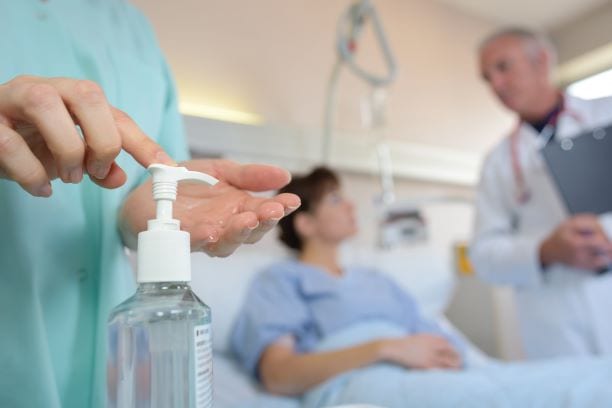
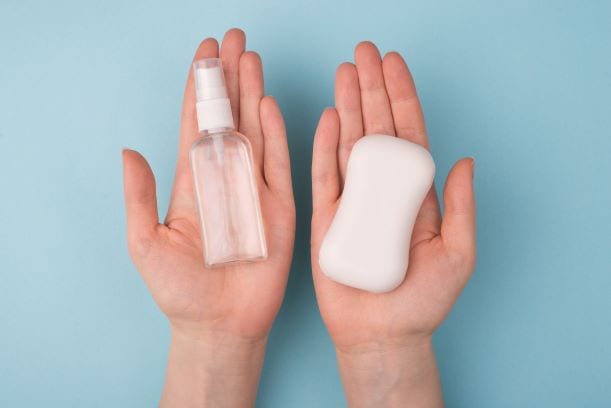 Myth 1: Frequent Hand Washing dries out your skin
Myth 1: Frequent Hand Washing dries out your skin